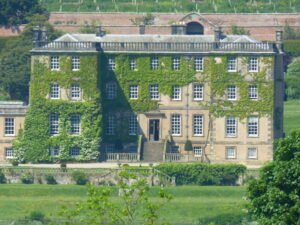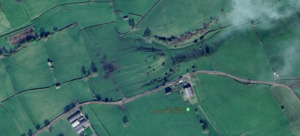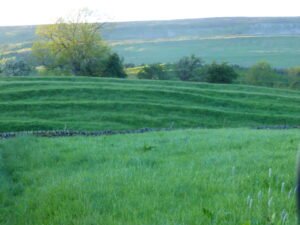While details about these earthworks are not widely documented, the area is known for its rich archaeological significance. Holly Hill itself is a place of interest, with its Grade II listed status indicating its historical importance.
Period: Medieval
Ladybridge near Thornborough Henges
Ladybridge, located near Thornborough in North Yorkshire, is situated in an area known for its Neolithic and later ritual practices, including the Thornborough Henges complex, which consists of three large prehistoric henges dating back to the Neolithic period. The presence of such ritual sites in the area suggests a long history of spiritual and sacred significance.
Jun 07
The Scrope family
Bolton Hall, Wensleydale
Bolton Hall, a stately country house in the Yorkshire Dales, has a rich history that intertwines with the broader narrative of the region. The current Bolton Hall was constructed in the late 17th century, specifically in 1678, for Charles Paulet, the 1st Duke of Bolton, as a reward from King William III for his support during the Glorious Revolution.












